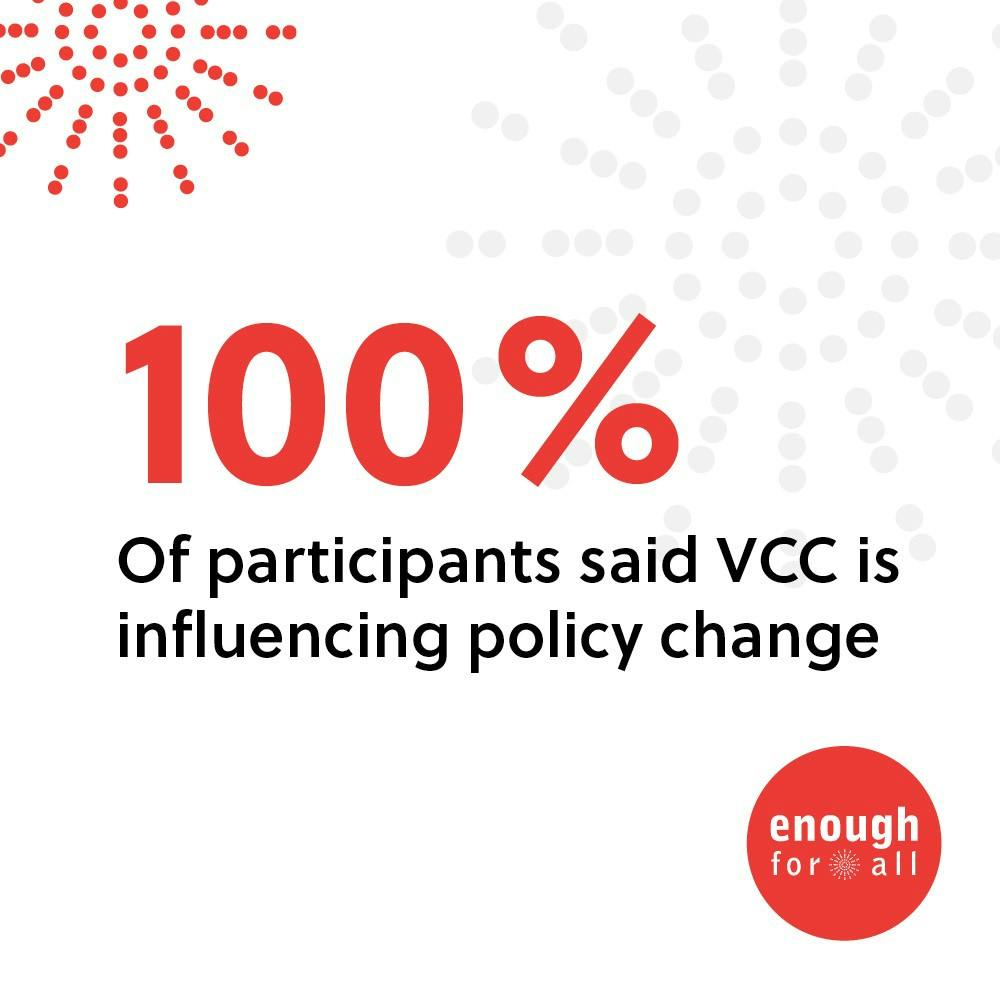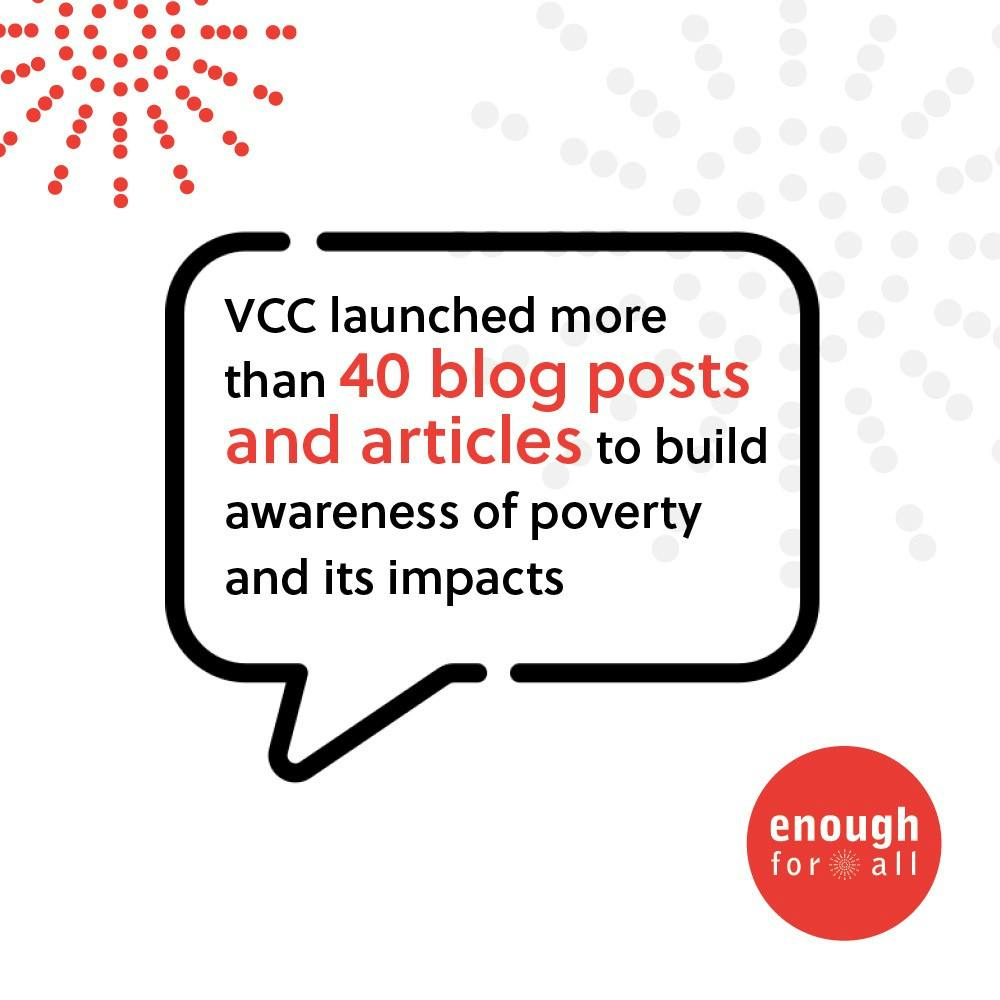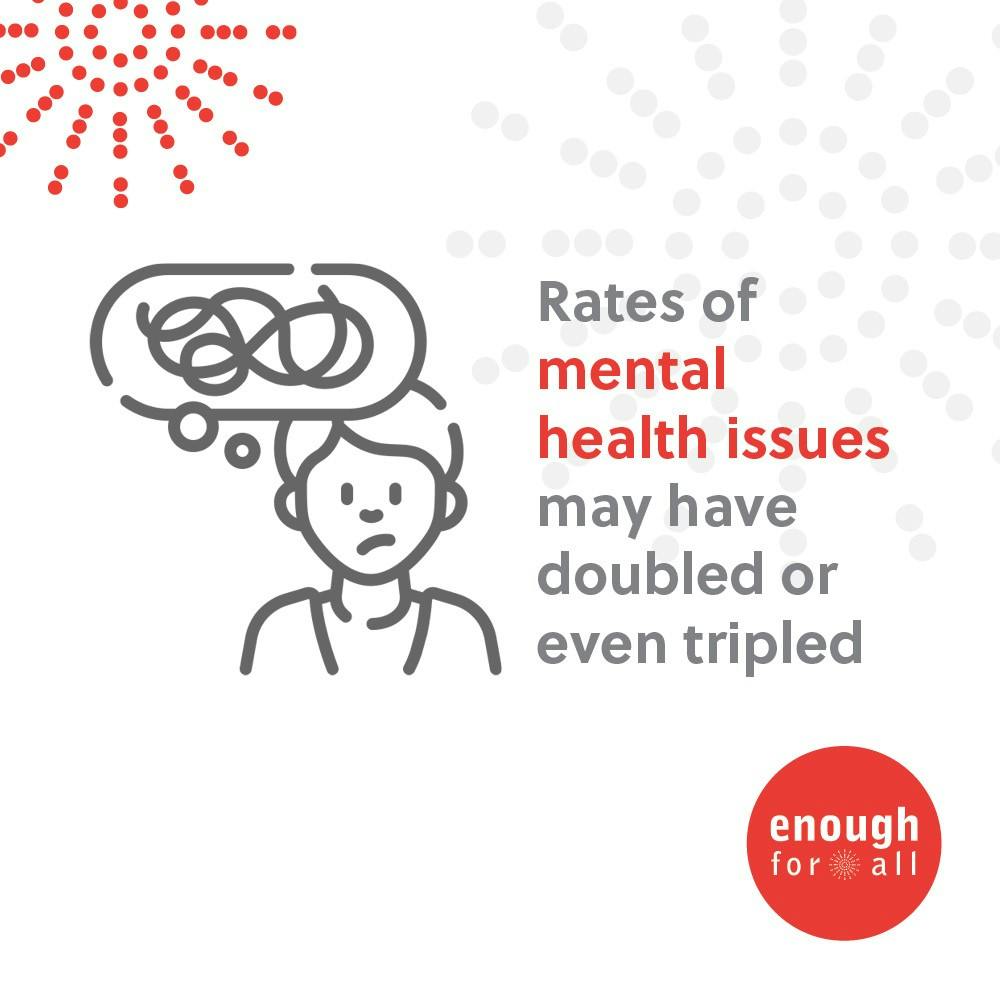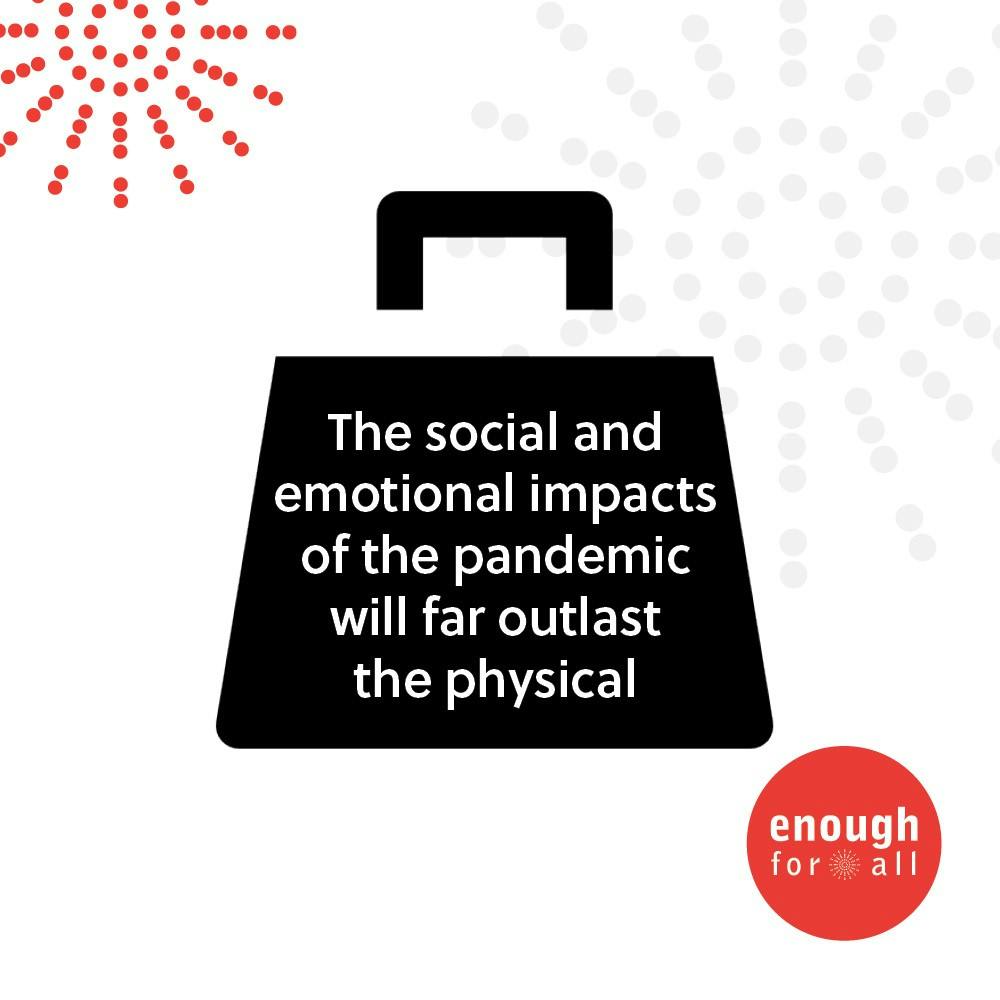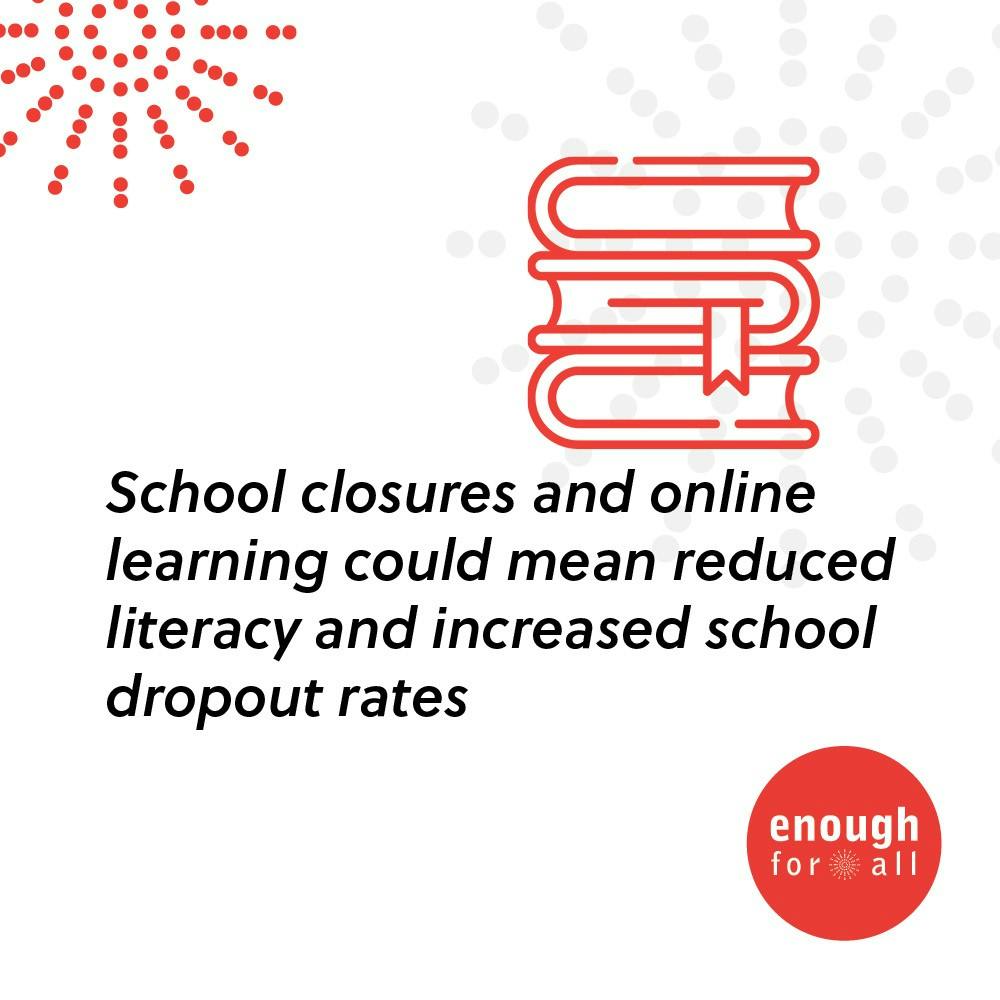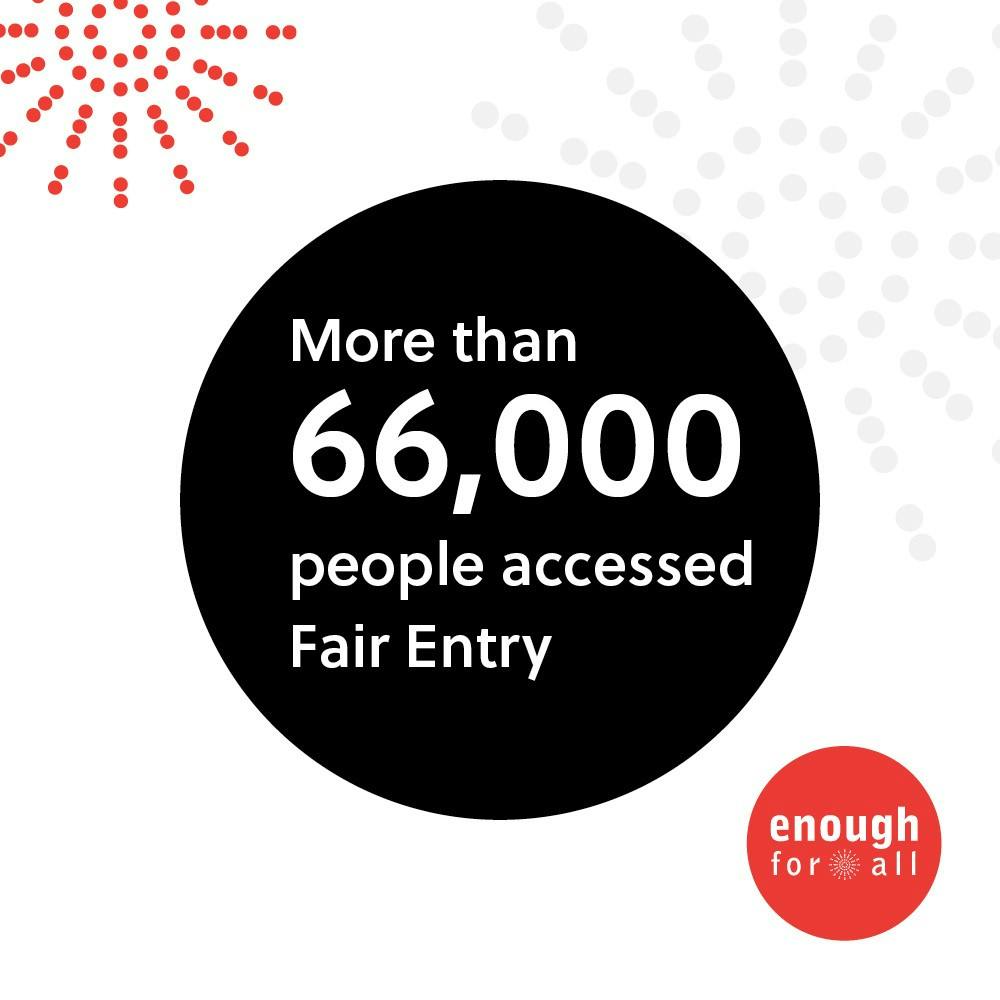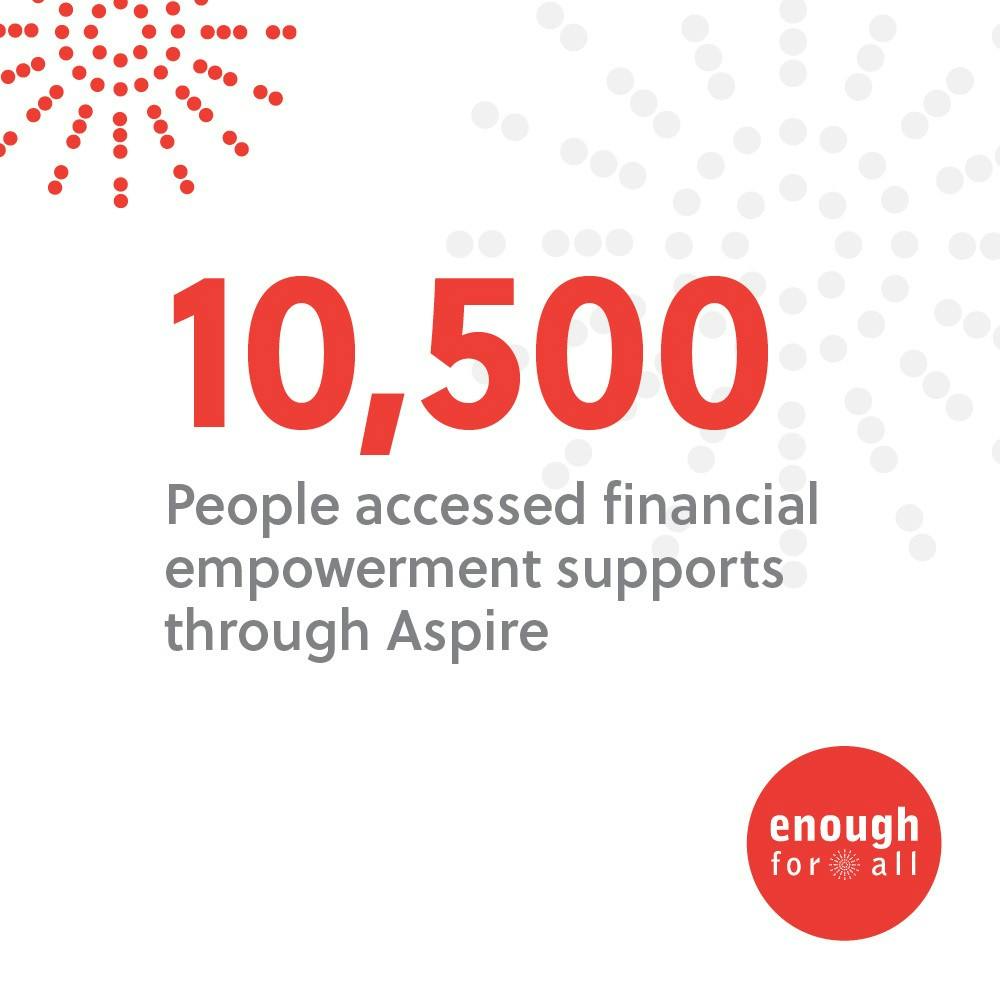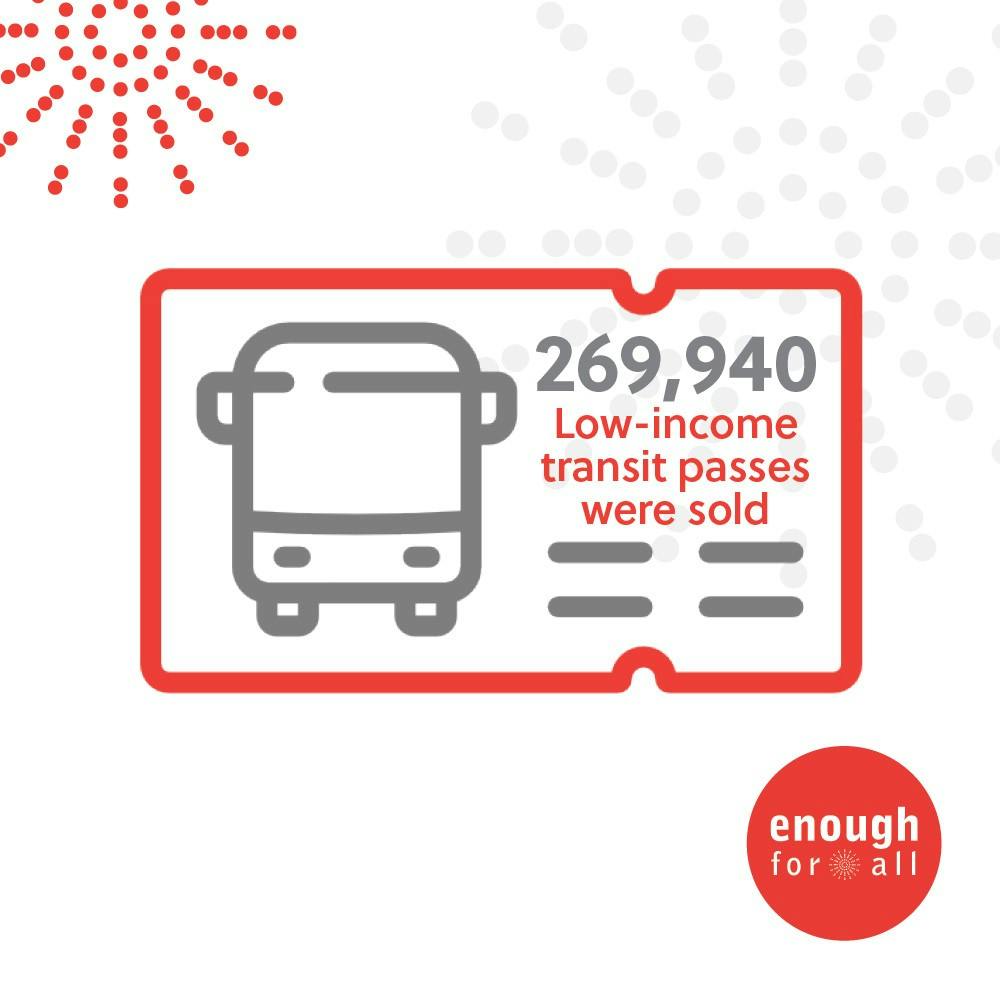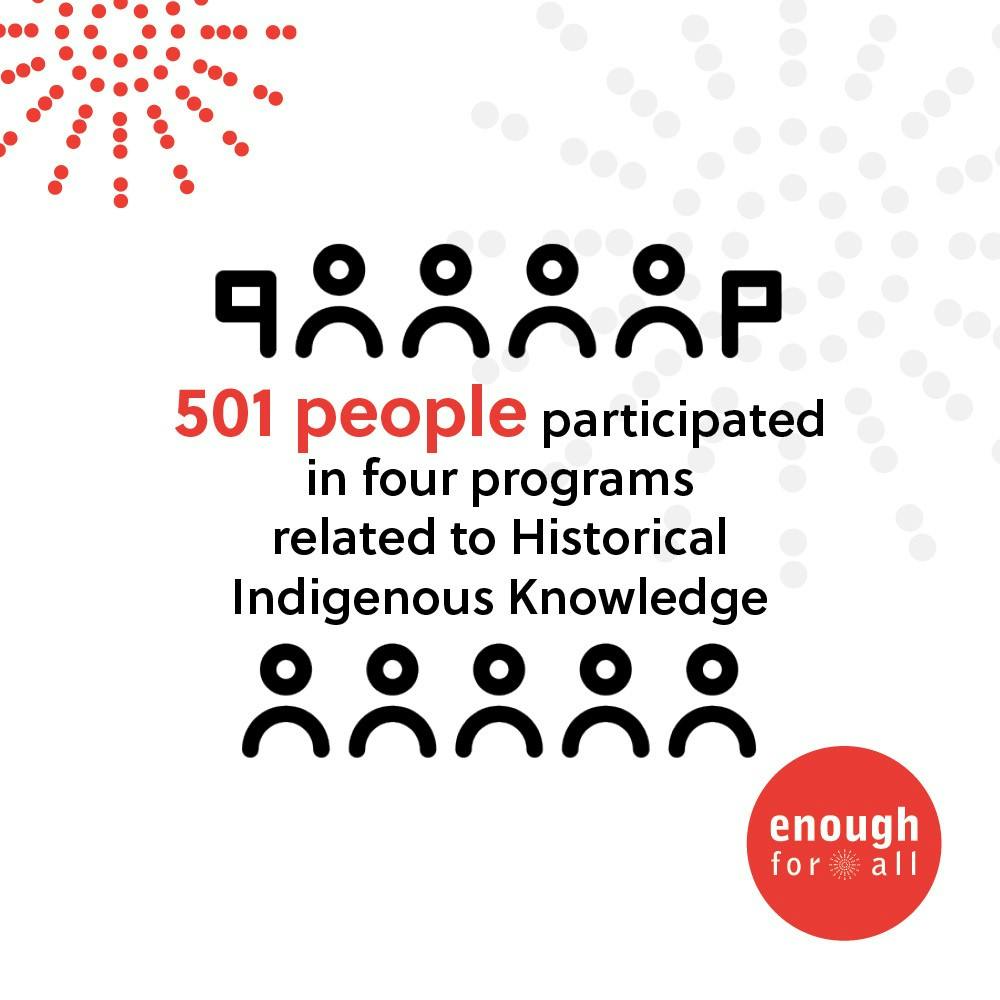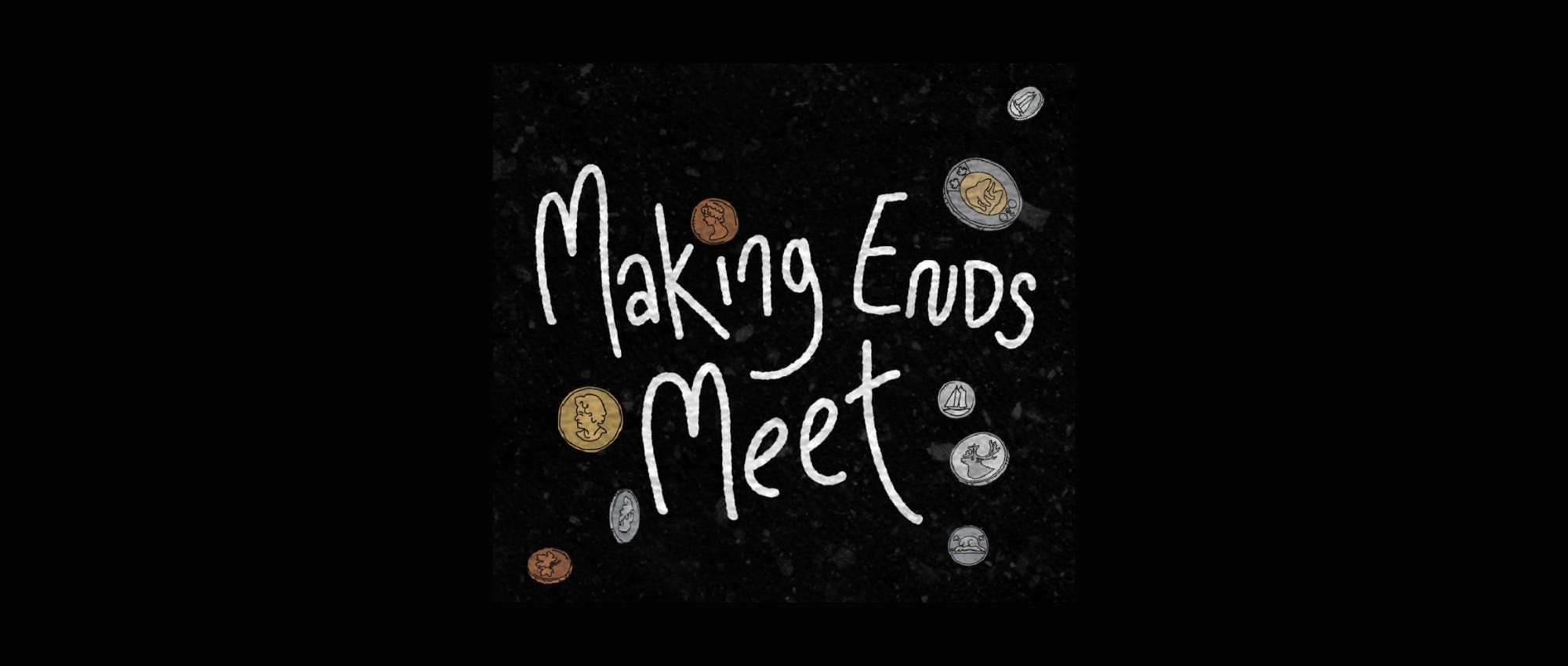The year 2020 marked the second year of phase two for Calgary’s Poverty Reduction Strategy. The COVID-19 pandemic was the biggest ‘story’ of 2020 and the impact of the pandemic on community efforts to reduce poverty cannot be understated. Limitations in support services due to closures and reduced capacity because of restrictions due to COVID-19 have likely increased the risk that people in need of support ‘fell though the cracks’. Building Back Better: Enough For All Evaluation Report 2020 is written within this context.
The report shows progress and identifies gaps in the Goals, Levers of Change, Principles and the role of the Enough for All Champions and Vibrant Communities Calgary in advancing the Enough For All Strategy in the midst of a global pandemic.
In the video below, Dr. Katrina Milaney, E4A Evaluator with the University of Calgary, shares highlights from the evaluation. "One of the consistent learnings, year after year, is that poverty is not just about income, it's about inclusion and it's about dealing with trauma,' says Milaney. "This is really complex work that takes time, it takes persistence and patience."

